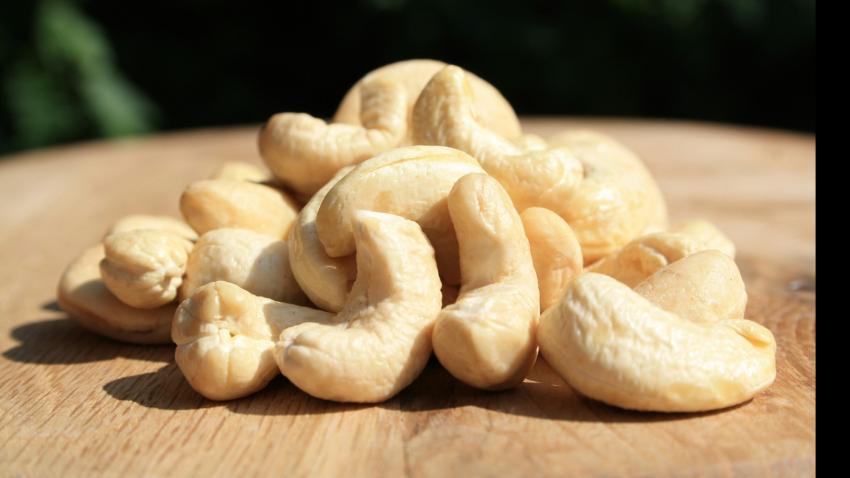Vietnam’s Cashew Sector Facing Cost Pressures Despite Export Growth [1]
Submitted by Roy G [2] on

Vietnam’s cashew industry is experiencing strong export growth, but rising costs for imported raw cashews are putting pressure on profit margins.
Cashew kernel prices in the country have reached a two-year high, driven by recovering demand from major markets including China [3], the United States and India. In the first nine months of 2025, cashew exports to China rose by 37.4% in volume and 54.1% in value, accounting for 88.7% of total exports. Demand from China is expected to increase further with the approaching Lunar New Year. Global supply-chain changes and growing consumer preference for natural-origin products have also strengthened Vietnam’s position in high-end markets such as Japan, the Netherlands and the United Arab Emirates. If current trends continue, Vietnam’s cashew exports could surpass $5 billion in 2025, setting a new record.
Despite this strong export growth, the industry faces a critical domestic raw material shortage [4]. Vietnam relies on imports for up to 90% of the raw cashews needed to sustain its processing and export industry. These raw cashews are processed domestically into cashew kernels, which are then exported worldwide. The total export revenue from cashew kernels is only slightly higher than the cost of imported raw cashews, which means low profit margins. Most of the added value comes from shelling, processing and packaging. Overall, cashew kernel exports reached approximately $4.25 billion in the first 10 months of this year.
According to the Vietnam Cashew Association [5] (Vinacas), the country’s raw cashew imports reached a three-year high this year, with average import prices up by 21%. By the end of October, Vietnam had imported 2.6 million metric tons of raw cashews valued at $4.01 billion, representing a 13.8% increase in volume and a 38.1% increase in value compared with last year. Cambodia [6] is the largest supplier, accounting for nearly 39% of imports, followed by Côte d’Ivoire, Nigeria and Ghana.
A Vinacas report presented at the International Cashew Conference in Hanoi shows that Vietnam accounts for over 65% of global raw cashew imports and supplies more than 80% of exported cashew kernels worldwide. Vietnam requires more than 3.5 million metric tons of raw cashews annually for processing, but domestic production covers only about 10% of this. Most raw cashews are imported from Africa, where several countries have raised tariffs or imposed export restrictions to retain cashews for local processing. Rising raw material costs have forced some Vietnamese processors into incurring losses, leading to halted production and factory closures.
Vinacas recommends that the sector expand domestic cultivation, promote deep processing — including ready-to-eat roasted, organic and premium packaged products — and develop a national Vietnamese cashew brand. Some Vietnamese companies are already adopting circular agriculture models, using processing byproducts to generate bioenergy and reduce costs. Vietnam is also pursuing partnerships with African nations on green processing and technology transfer to secure a stable supply of raw cashews.
Image: Unsplash
This article was based on a Chinese article. Read the original article [7].
